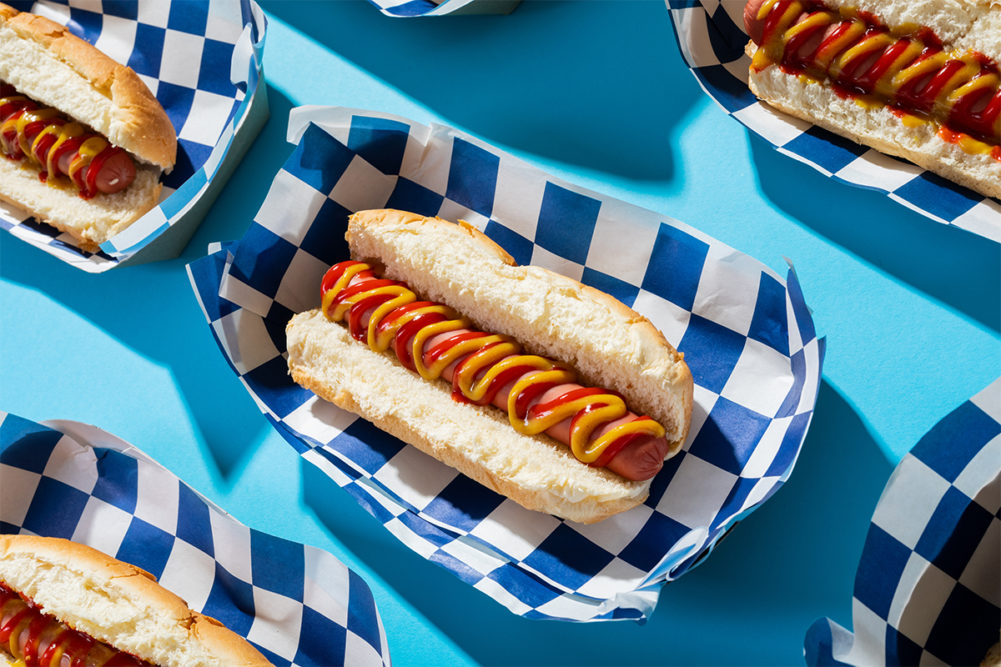For the first time in three years, Major League Baseball stadiums opened to 100% capacity in 2022, bringing hot-dog-hungry fans back to the stands. As the No. 1 favorite stadium concession food, according to sportsbook and gambling guide NJ Bet, hot dogs are a popular commodity at games. When asked what they would choose between buying a hot dog or a beer, 56% chose a hot dog, NJ Bet said.
Thanks to stadium fanatics — but mostly inflation — hot dogs knocked sales out of the park with a record high of $2.6 billion. Even though the category reached a milestone in sales, its volume saw a slight drop of 2.3% from last year.
The year 2022 established new high-water marks for the meat industry overall, including sausage sales, which boasted a record of nearly $8 billion in sales.
“What’s important to note and understand here is, even though these are record dollar sales, what we are seeing is the declining units in volume because a lot of these changes are being driven by price,” said IRI consultant Kelly Krumholz.
Both categories increased price by about 15% from the previous year, which is in addition to price increases over the past few years.
Breaking down the hot dog category, beef is by far the predominant sector, accounting for 60% of all sales. However, beef is beginning to lose some of its share to meat blends.
“It’s just more affordable,” Krumholz explained. “As consumers are concerned about trying to stretch their dollar, we are seeing them make some of those shifts and choices,” she said.
Although turkey is the strongest- performing poultry-based hot dog sector at $87 million in sales, it experienced a slight decline in volume, while chicken saw an increase by about 27% versus a year ago.
The sausage category is driven by dayparts: dinner and breakfast. Both carrying their weight in contributing to sausage performance, dinner sausage yields about $4.6 billion and breakfast around $3 billion.
“What’s interesting to see here is that breakfast sausage is actually outperforming what it should be receiving,” Krumholz said. “It’s actually doing better compared to its share in terms of contributing to the growth. That’s really coming down from things like uncooked sausage rolls.”
Krumholz added that uncooked sausage rolls seem more affordable and versatile than sausage patty and link products even though they serve similar purposes. Consumers can freeze the rolls, stock up on them when they’re on sale, and implement them in breakfast, lunch or dinner meals.
New item innovations proved difficult the past year as food manufacturers faced supply chain challenges. Krumholz noted that there were fewer new products launched this year compared to previous years. On this note, Chris Dubois, executive vice president at IRI, added that the work-from-home lunch has found strong footing while the number of sausage innovations declined.
“There’s a large percentage of people still working from home overall,” he said. “Cooked dinner sausage in particular makes a very easy lunchtime piece. Cooked dinner sausage is one of those items that breaks through for both dinner and lunch. In other words, you could take out a single sausage or two sausages and make a lunch. You don’t have to make a whole pack.”
This flexibility that the sausage category provides for consumers ensures a positive future outlook with continued strong demand.



